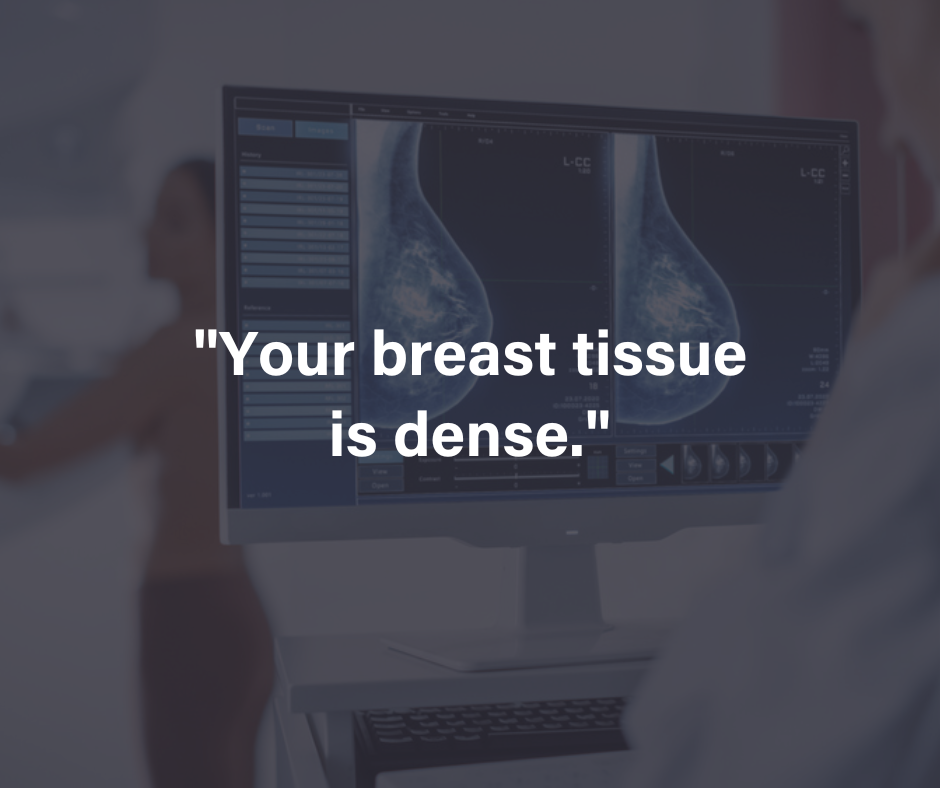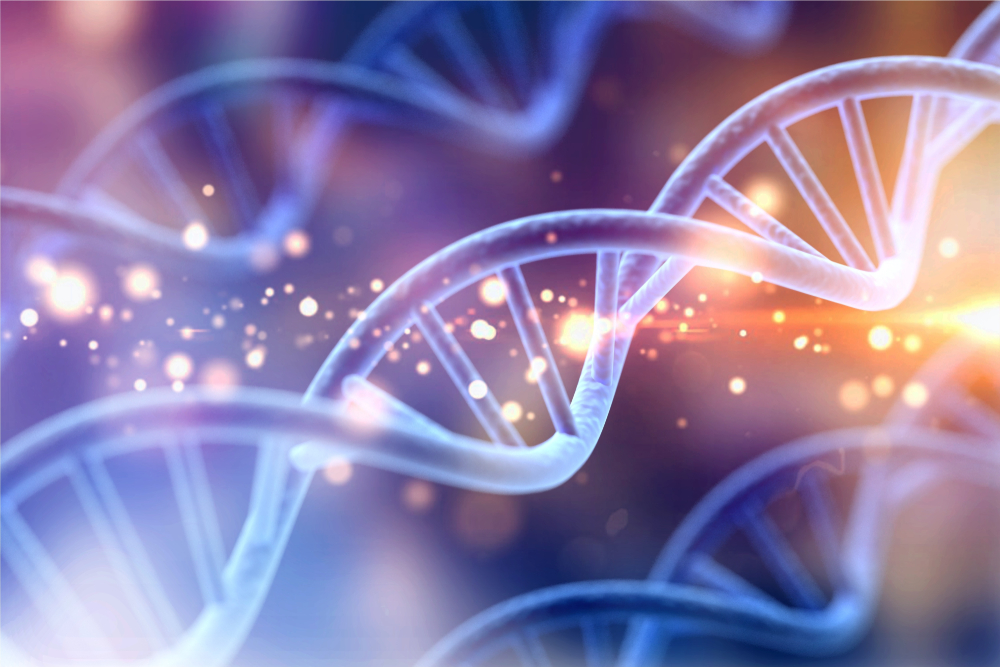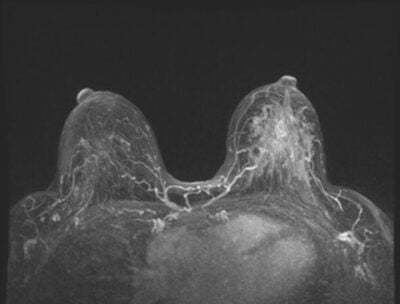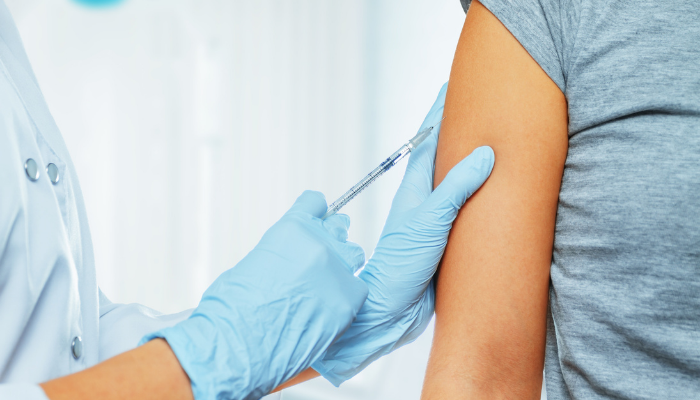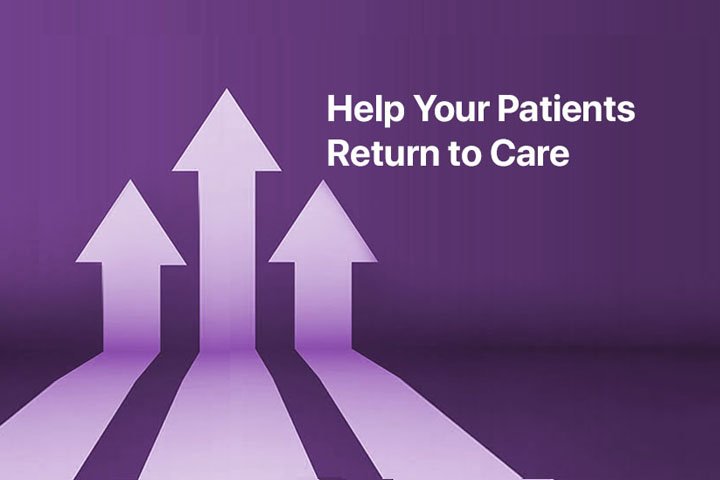Breast cancer is an unfortunate but prevalent disease for women across the world. With frequent screening and good health maintenance, it can be caught early and treated effectively. That being said, there are certain lifestyle risk factors associated with the increased risk of developing breast cancer. Being aware of these risks, working on limiting what you can control, and focusing on your breast health can all lead to avoiding or minimizing breast cancer within your body. In this article, we discuss the prevalent lifestyle risk factors for women concerning breast cancer, the factors you can control, and how to calculate breast cancer risk.
What Are Risk Factors?
When it comes to answering what increases breast cancer risk, there are many different factors that potentially could do this. Knowing your breast cancer risk factors can give you a better idea of what you can control and how to lead a life that does not encourage raising the risk of developing breast cancer. Risk factors could be one such as family history or dense breasts but this article focuses on lifestyle-based factors only. We will first lay out some common lifestyle risk factors to be aware of, and then we will share which are in your control. Below are some of the common lifestyle risk factors that could increase your risk of breast cancer and how to control them.
Alcohol Consumption
Alcohol consumption can cause an increased risk of developing breast cancer. The American Cancer Society recommends no more than one drink per day in women. Alcohol can increase hormones and folic acid in their systems, which can cause more of a risk of developing the disease.
How To Control: By limiting alcohol intake, you can reduce the risk that drinking alcohol can pose for breast cancer development.
Smoking
Smoking is another lifestyle risk that can cause a higher probability of developing breast cancer. Smoking, especially at a younger age, can lead to elevated risk levels. The recommendation across all health professionals is to avoid smoking, as it can lead to other cancers besides breast cancer as well.
How To Control: By quitting or avoiding smoking, you can reduce your risk of breast cancer development.
Obesity
Being obese can increase your breast cancer risk rate, especially after menopause. Higher weights and overall higher BMI have been proven to increase the risk rate of developing breast cancer. With excess fat tissue, the excess amounts of estrogen produced can significantly increase the risk of breast cancer in women.
How To Control: Working with a dietitian, consulting with your doctor, eating a healthy diet, and exercising regularly can help reduce risks associated with obesity.
Physical Inactivity and Diet
Being both physically inactive and having a poor diet can increase your breast cancer risk. Foods high in saturated fats can increase your risk of breast cancer. Lack of activity can lead to other issues that directly correlate to an increased risk of this cancer type.
How To Control: Regular exercise and finding foods with unsaturated fats, whole foods, and eating a lot of fruits and vegetables can help reduce this risk factor.
Hormone Replacement Therapy (HRT) and Birth Control Pills
Long-term use of combined HRT can lead to an increased risk of breast cancer development. Additionally, some studies suggest that certain birth control pills can lead to a slight increase in breast cancer risk, especially for women who start the pills at a younger age and use them for an extended period of time.
How To Control: Consulting with your doctor before starting these therapies to asses your personal risk level of breast cancer is recommended.
Exposure To Radiation
Treatments to the chest with radiation, such as for other cancers, pose the risk of increasing the likelihood of breast cancer development. When undergoing any radiation treatment, it is important to note the risks of it by consulting with your doctor.
Environmental Factors
Finally, your environment can lead to an increased risk of breast cancer. Pollutants and certain materials found in plastics and cosmetics may be linked to an increased risk of breast cancer development.
How to Control: By avoiding the items above, such as over-consumption of alcohol or often exposure to radiation, you can help lower these risk factors. Additionally, by using “clean products,” you can help lower your risk as well. Below are some links to resources on avoiding these risk factors:
Why It Matters
By being aware of the lifestyle risks that can cause breast cancer, women can adopt healthier behaviors that may reduce their chances of developing the disease. Additionally, understanding these risks helps healthcare providers offer personalized guidance and support, ensuring that women receive appropriate screenings and preventative measures. Ultimately, awareness of lifestyle risks fosters proactive health management and contributes to better outcomes in the fight against breast cancer and other potential health issues.
Recommendations For Breast Cancer Screening
It is recommended for all women to receive annual mammogram screenings starting at age 40. It is also recommended that all women by the age of 25 have a breast cancer risk assessment. This is suggested in order to consider if screening before the age of 40 is necessary, and if additional screening modalities beyond just a mammogram are suggested. This precautionary risk assessment helps women understand their personal risk for breast cancer and make informed decisions about their breast health.
How to Calculate Breast Cancer Risk
MagView offers in-depth risk analysis software determining your risk level for developing breast cancer. Our technologies can help provide insight into risk awareness, allowing patients to detect breast cancer at an earlier stage or help avoid it entirely with information that can direct lifestyle changes.








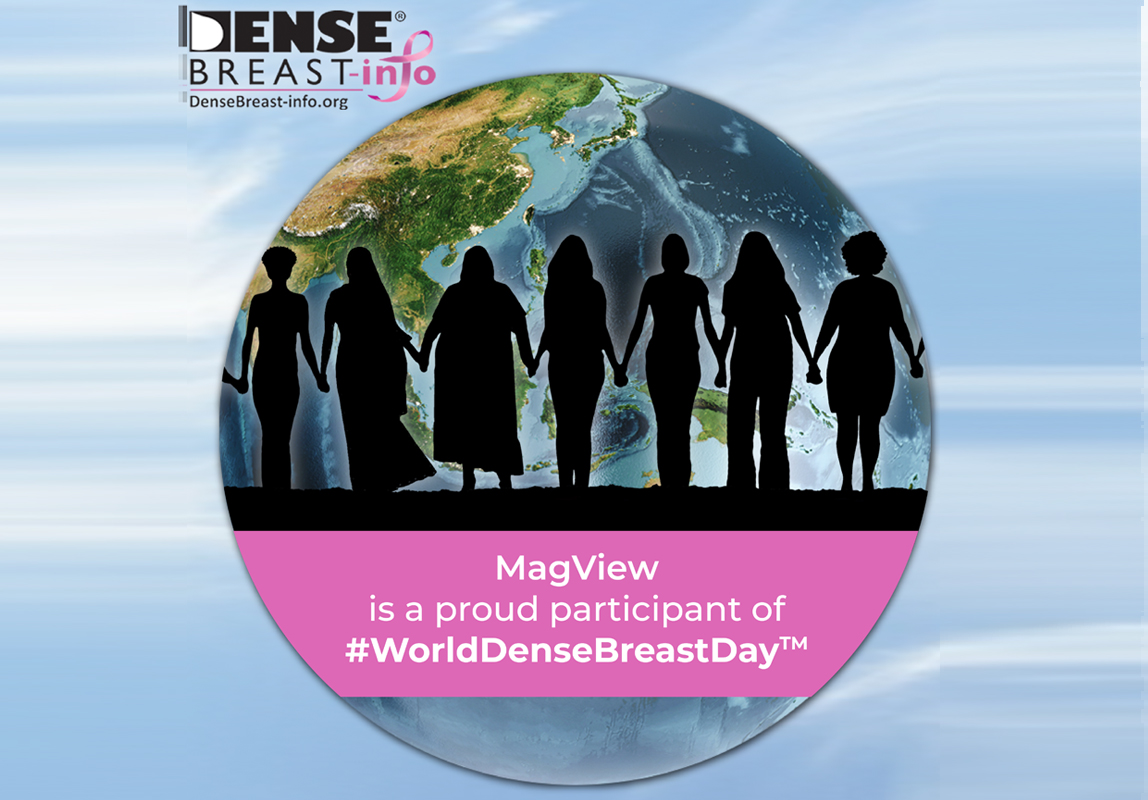




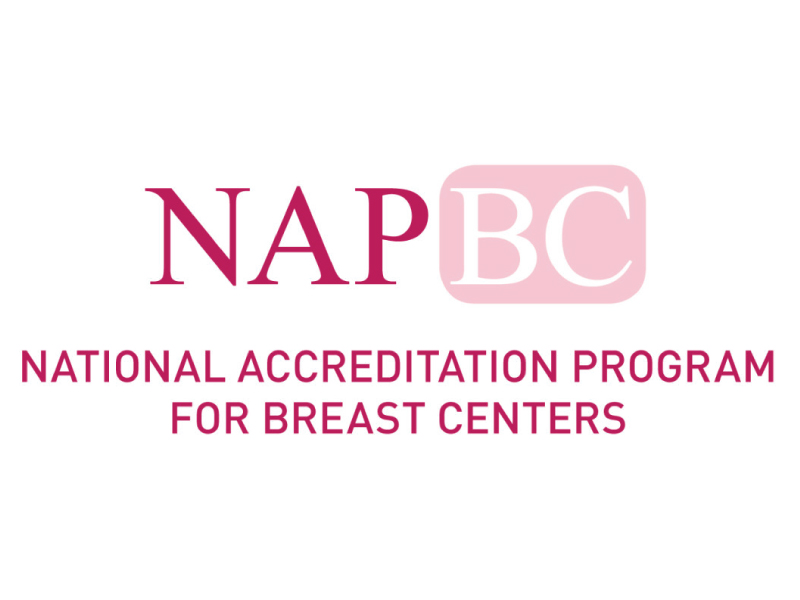
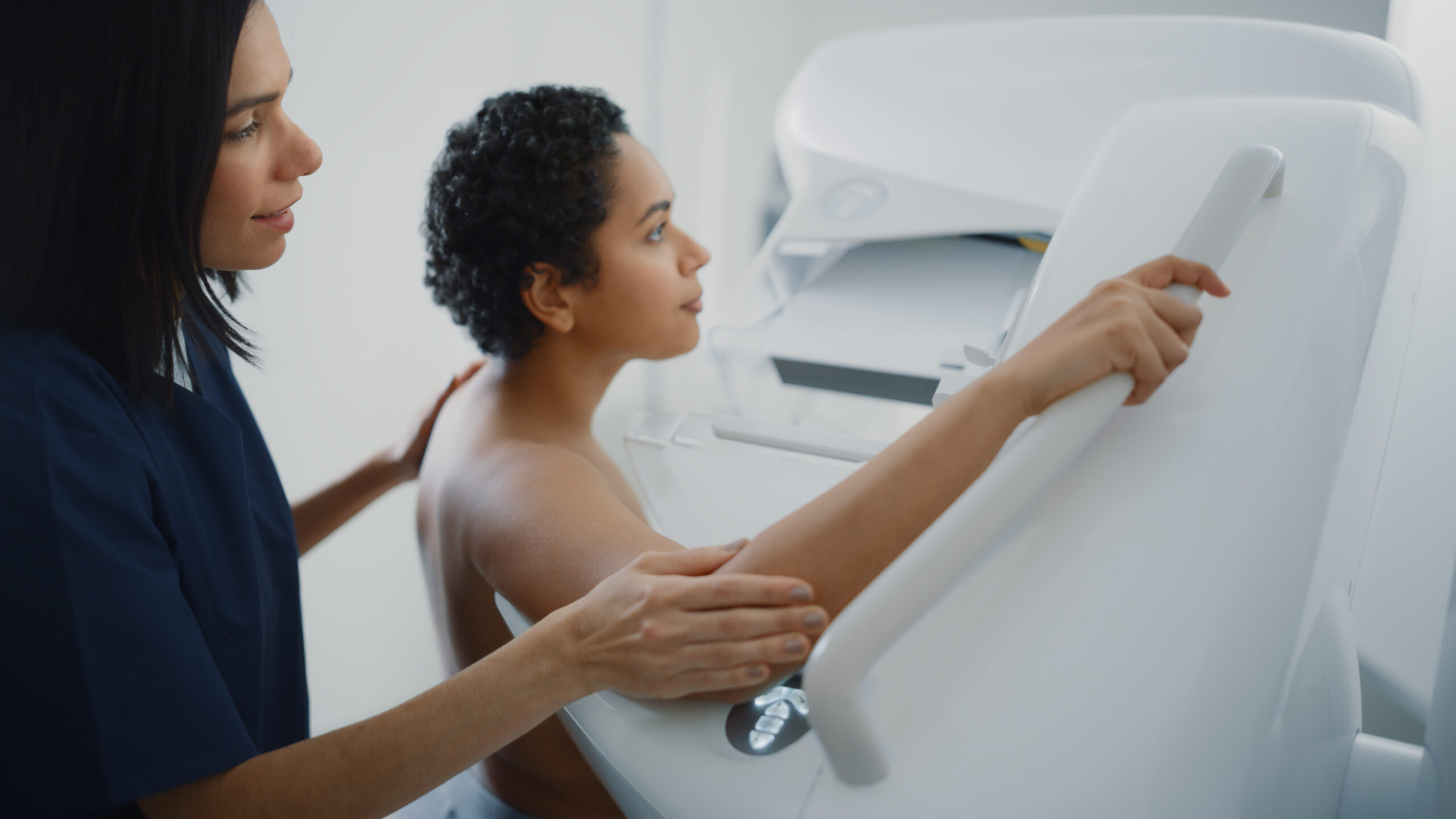
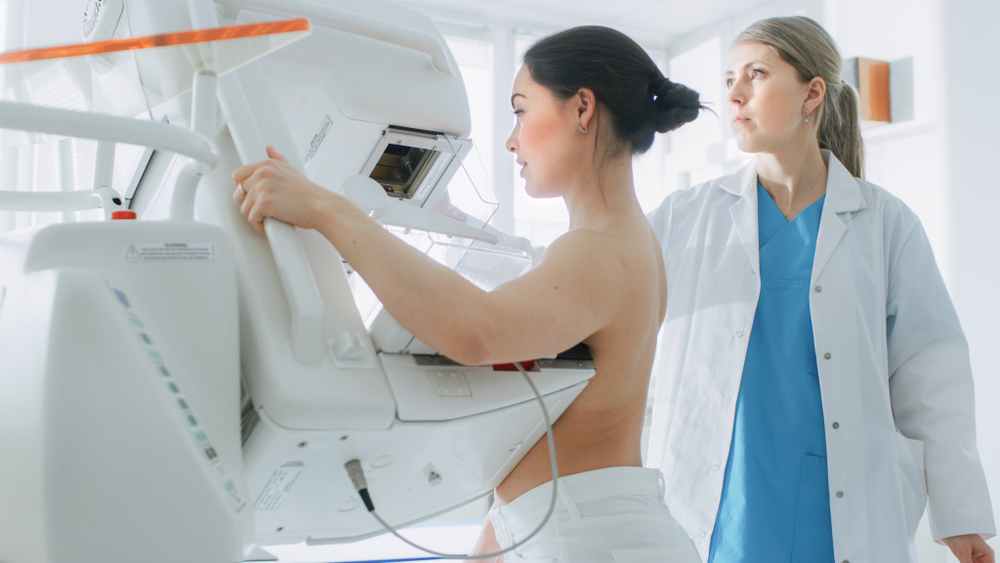
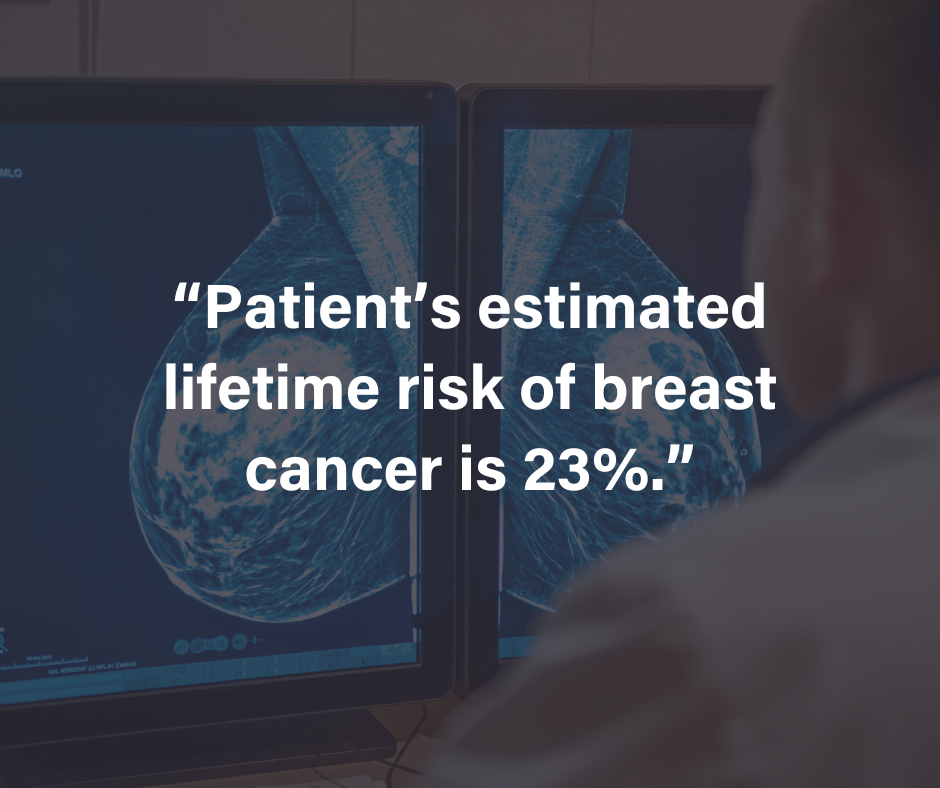
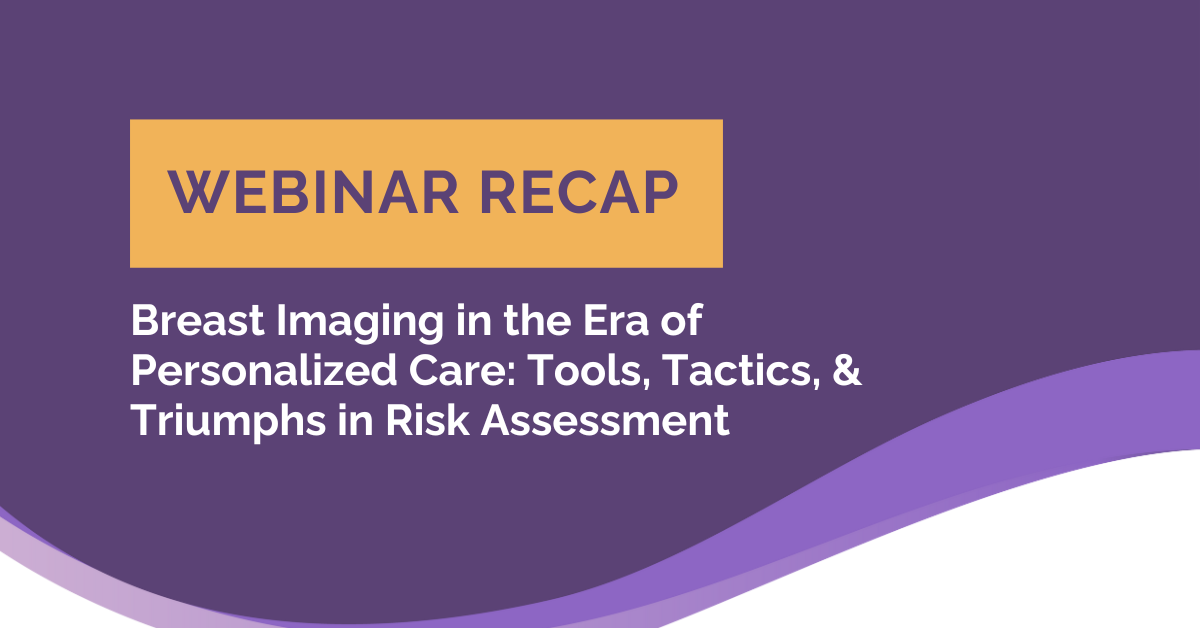
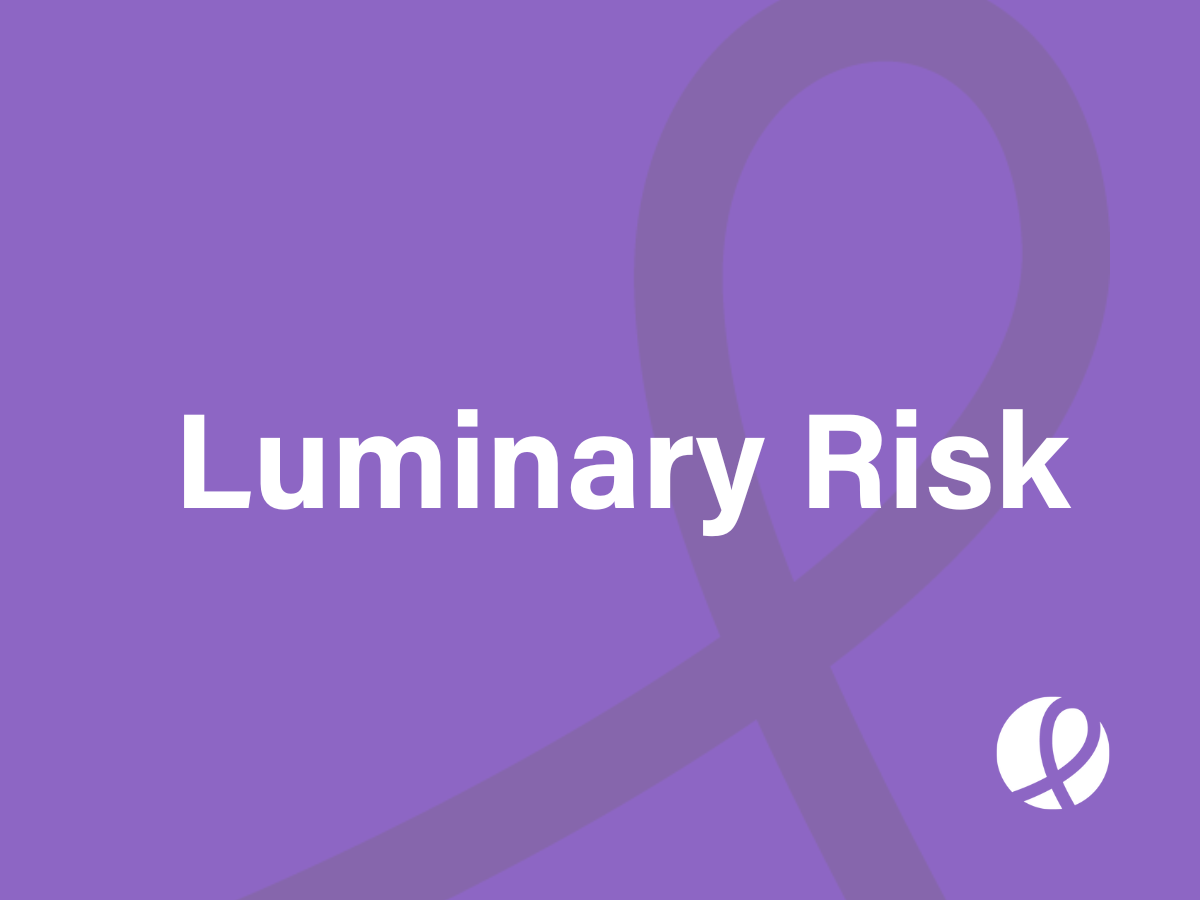





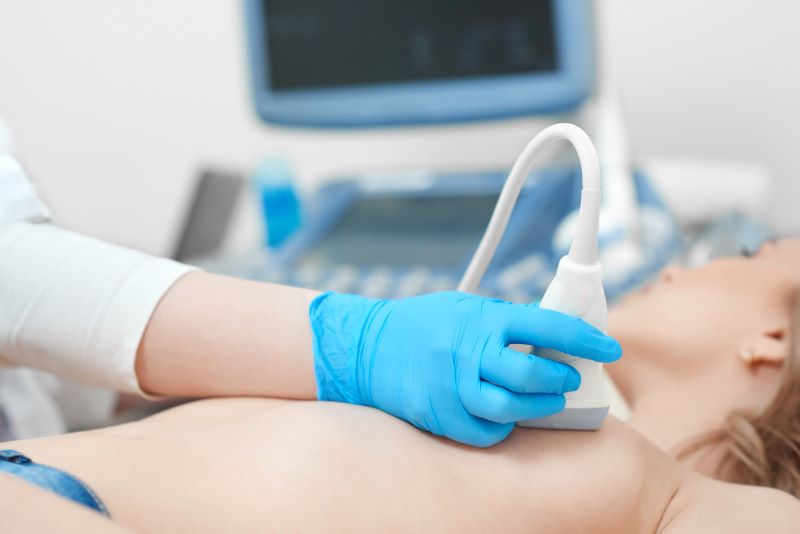
![monitoring breast density shutterstock_1299510538-[Converted]](https://magview.com/wp-content/uploads/2023/05/shutterstock_1299510538-Converted.jpg)

